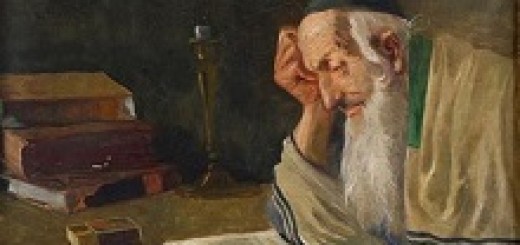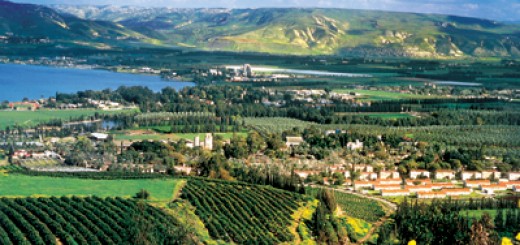By Shalom Olensky
This week in the Torah:
“The Egyptians embittered the life of the Jews with harsh labor, with mortar and with bricks and all work of the field. In all their work, they subjugated them in a back-breaking manner.” – Exodus (1:14)
Upon analysis:
“Mortar and bricks”, i.e. the labor of making the bricks, was the primary labor of the Jews enslaved in Egypt. Hence it is the first specific labor mentioned in the Egyptian enslavement.
Question:
Egypt’s scheme was to usurp the holy energy of the Jews into a force of construction for the opposite of holiness – Pharaoh. Why then did the Egyptians drive the Jews to make bricks? Of stones and bricks, stones are holier than bricks because they are the Handiwork of G-d as opposed to the handiwork of man.
Hypothesis:
The Egyptians were after greatness possessed by manmade bricks, specifically due to their lowliness in comparison to Heaven-made stones. For G-d desires to dwell in the lower realms.
Refutation:
If this were so, the Egyptians would have been satisfied with Jewish labor in using the bricks. Why was there such an emphasis made on the making of the bricks?
Preface:
Regarding the greatness of G-d dwelling in the lower realms, there are two explanations.
a) By G-dliness revealed below, G-d’s Infinity is revealed; in that His light reaches the nethermost level. This was expressed in the Mishkan, the sanctuary that traveled with the Jews until the building of the Holy Temple in Jerusalem. It was made of many materials but its main functional structure was not inanimate, rather skins, wool, linen and wood were used as well. This is because, on this level the significance of the lowliest realm – inanimate – is only that thereby G‑d’s Infinity is revealed. Hence, the inanimate was not the main feature in the Mishkan’s structure.
b) By G-dliness revealed below, the Truth of G-d is seen. For, truth is eternal and is agreed upon from every side. This is expressed in the Holy Temple in Jerusalem which was a structure made most primarily of inanimate objects (stone). This is because, on this level the lowly medium itself lends truth to the indwelling G‑dliness.
However:
The above two explanations do not capture the true quality of G-d’s dwelling in the lowest realms. As the Alter Rebbe comments, “G-d desired to dwell in the lowest realms, and one cannot refute a desire.” I.e. it is a matter of the inexplicable Essence of G-d to which no rationale can be pinned. Hence the place where G-d truly desires to dwell is in the nethermost level with respect to its malevolence towards G-dliness; that is indeed above rationale.
G-d gives His power to create, which is in essence the idea of making something new, to the Jews. This enables the Jews to a) break the opposition to G-dliness and to b) remake it into something new – a comfortable abode for G-d. This power of innovation is also from G-d’s Essence, from which came the desire to dwell in the nethermost levels.
Answer:
This then is the significance of the making of the bricks. Mortar is placed in an oven and burned into hard bricks – hard as stone. This symbolizes the aforementioned two elements in the ultimate fulfillment of G-d’s desire: a) removing the vestiges of manmade material (mortar) by fire and b) thereby giving the material a new face with a character (hard like Heaven-made stone) of holiness. It is this supreme level of Divine satisfaction that the Egyptians were trying to usurp.
A lesson:
Parallel to this, is the clarifying of a Halachic viewpoint which is most necessary in Exile. Through this we will merit the revelation of the Innermost Dimensions of the Torah with the coming of Moshiach, imminently.
(Based on Likkutei Sichos Vol. 6, Shemos)






















